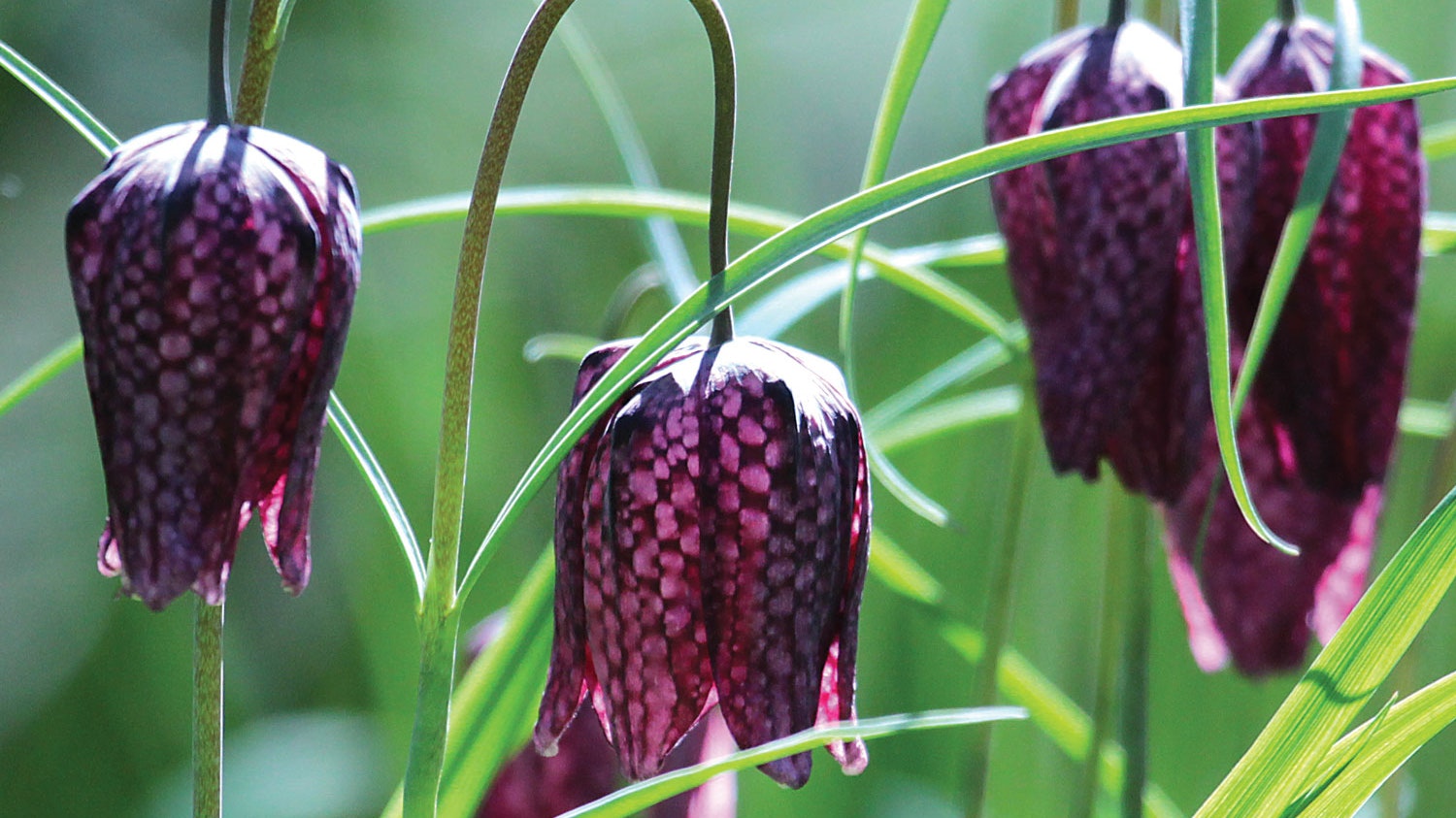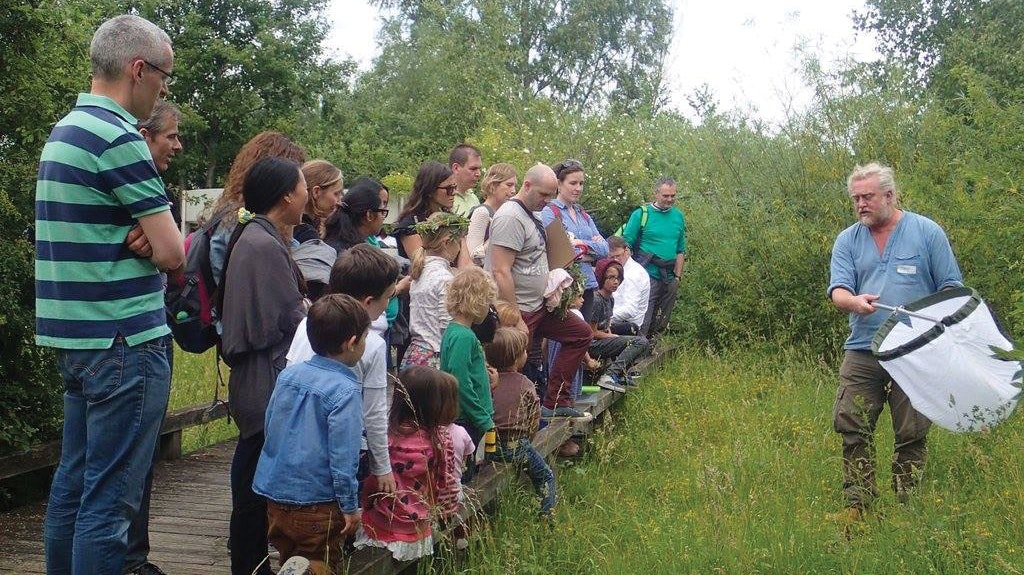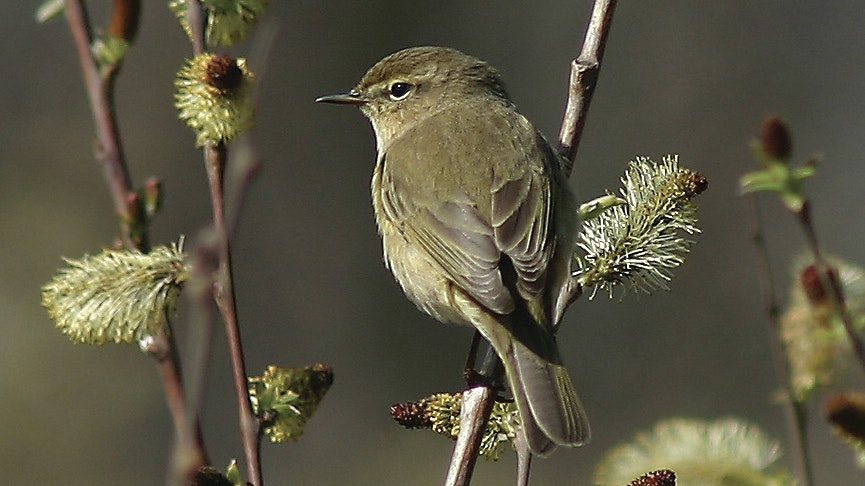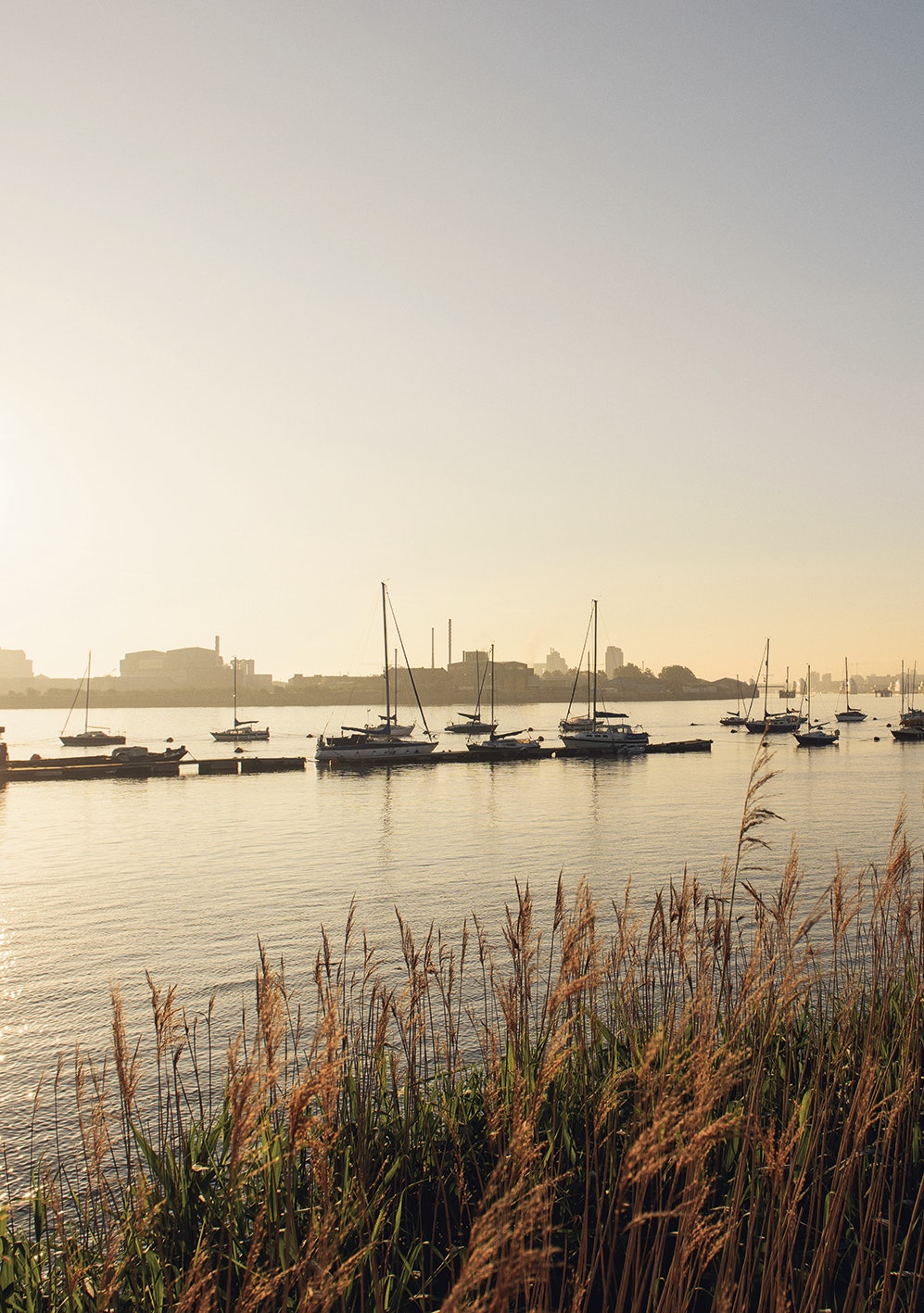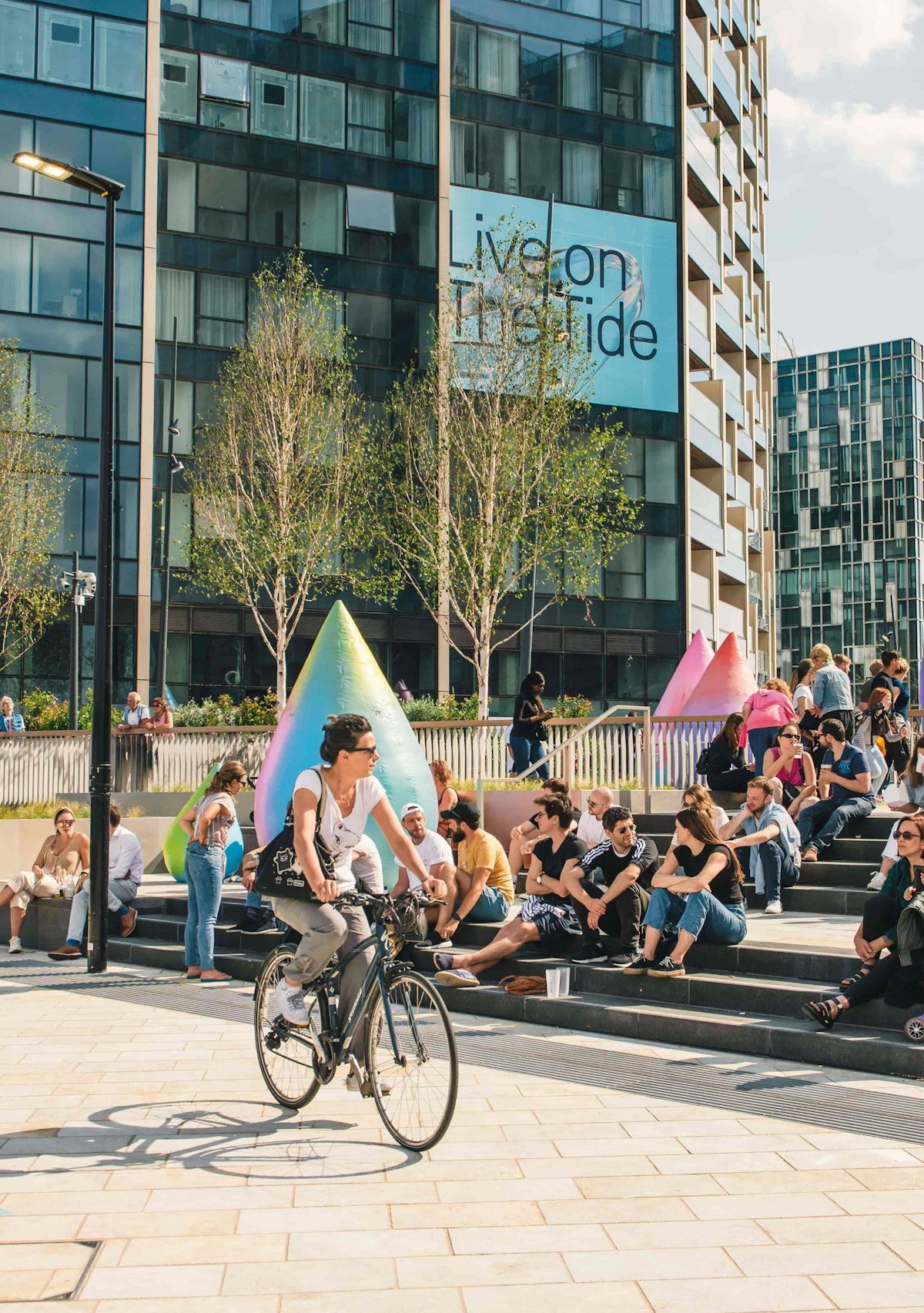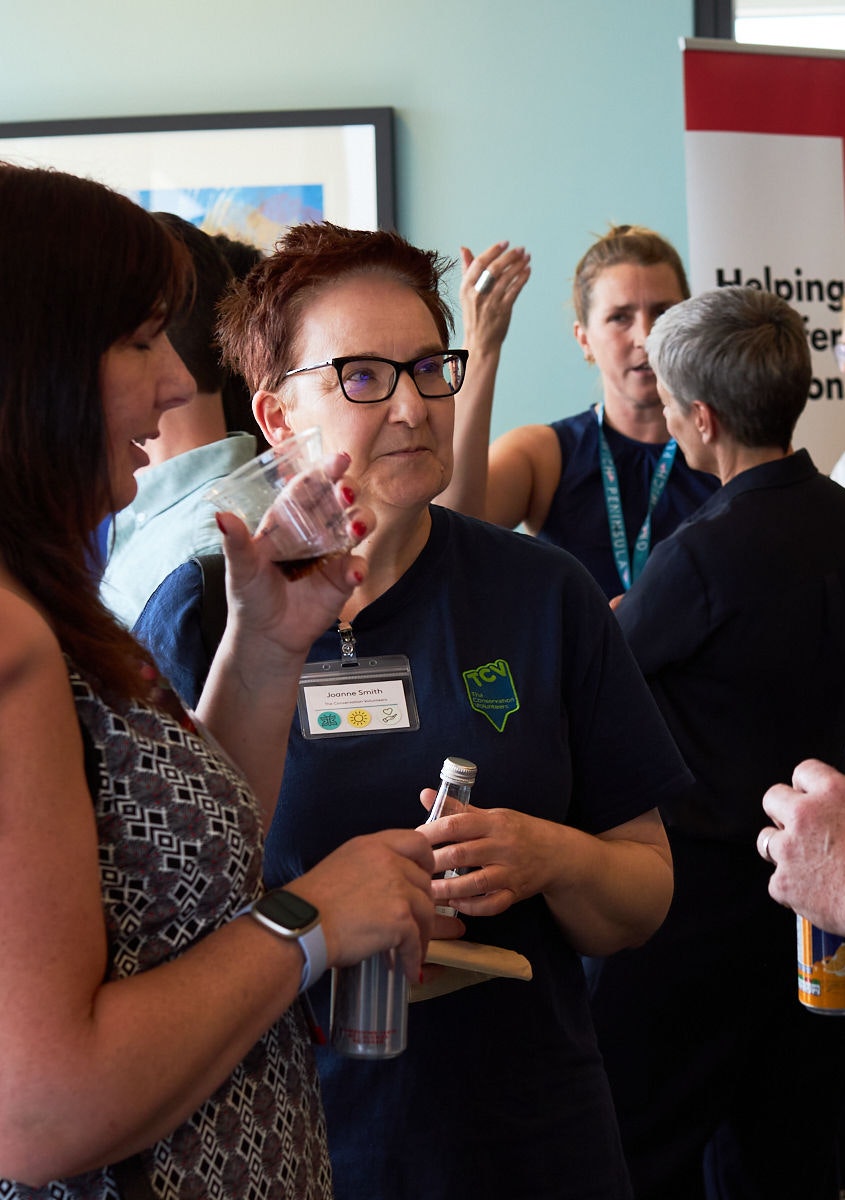
Park Life
Most of the regeneration work on Greenwich Peninsula has been undertaken to benefit its human inhabitants. However, there is one sizeable old brownfield site – a disused steelworks on the south-eastern edge of this hump in the Thames – that has been heavily reworked for the benefit for this part of London’s ancient, original residents, and that’s truly blossoming at the moment, with spring on the way.
“A borehole was actually sunk in here, to bring up fresh water,” explains Joanne Smith, Senior Warden at Greenwich Peninsula Ecology Park. “It’s quite rare to see places like this built at the same time as the rest of the area’s redevelopment.”
In fact, if anything, the Ecology Park predates much of the most recent development around here. Work began in the late 1990s, and the park finally opened to the public in 2002.
That deep well shaft, drilled into Greenwich’s chalk bedrock, brings remarkably fresh water up into the park, to feed two large lakes, and some of the surrounding marshland. There’s also a woodland area, planted with alder trees – a species that thrives along watercourses, and nurtures moths and butterflies. Plus a wildflower meadow, a shingle beach, a bat tower, a swampy area, filled full of fallen wood – perfect for animals such as stag beetles – not to mention streams, walkways and smaller habitats, all squeezed into this four-acre site on the southern bank of the Thames.
Though it replaces an industrial facility, the park in some sense turns this part of London over to flora and fauna that once thrived here. Prior to the foundation of Greenwich’s docks and factories, much of this district was a natural marshland, filled with a wide variety of species – some of which made permanent homes and some of which were just passing through.
Smith says the park welcomes plenty of avian life from all over the world. “In the winter, we get African migratory birds,” she says. “And as it gets warmer, you see more teals.”
The park’s ponds also serve as spawning grounds for newts and frogs; dragonflies and other insects thrive here, too; rare moths have been spotted in the park; and its volunteers have had to deal with unexpected arrivals, such as a pair of terrapins that somehow found their way into the park’s waters.
However, the park also provides plenty of benefits for humankind. Its willow trees help extract pollutants such as mercury from the water table, and provide material for the park’s fencing and borders; wetlands such as this one soak up more carbon than a patch of woodland or grassland of a similar size; the bird hides serve a dedicated group of birdwatchers; and, perhaps most importantly, the park is just a nice, natural place to visit, particular in early spring. “Of course, it’s great all through the year,” says Smith, “but it’s particularly beautiful when the trees are just coming into leaf.”
If Smith’s own testimony can’t convince you to visit, perhaps you’ll be won over by science. There’s plenty of research to suggest that regular exposure to the natural world is good for us. A 2019 study conducted by the University of Hong Kong indicates that children with a strong connection to nature suffer less distress, hyperactivity and behavioural problems, while a 2018 paper published in the Journal of Positive Psychology by Canadian academics suggests that even a brief, five-minute stint in a natural environment can measurably lift our moods. In this country, the Department of the Environment is currently funding a study to see how nature affects mental health and engagement among school pupils.
Smith may feel as if she already knows the answer, seeing countless school kids visit her park, both as part of formally organised school trips, and independently with friends and parents.
The volunteers can cater for both primary- and secondary-school trips, as well as regular events for both children and adults. Sometimes, they lay on special events to coincide with dates such as World Frog Day (20 March), though the staff at Greenwich Peninsula Ecology Park are just as willing to welcome all comers, Wednesday-Sunday, from 10am until dusk in the winter, and 5pm in the summer. “We see lots of young families,” says Smith. “It’s almost become a default play zone.”
There’s no entry charge here: the park has received some lottery funding and is owned by the national land management charity the Land Trust, which aims to sustainably manage open spaces for the benefit of the local community. Volunteers manage the site and look after the park’s upkeep. In fact, volunteering is a good way to get involved; Smith and co welcome helpers on Wednesdays and Saturdays, to clear the park’s ponds, cut back reeds, dig, prune trees and weed. All you need to be is relatively fit and over the age of 16; the park provides gloves, tools, wellies and waders, as well as much-needed tea, coffee, biscuits and soft drinks. Local businesses can get involved too, via the park’s community engagement days, which welcome corporate groups who help maintain the sensitive environments, while building team morale. And the park has a formal Friends of Greenwich Peninsula Ecology Park scheme, to fundraise and help support the charity.
But perhaps the best way to enjoy the park is to follow the animals’ lead, and find your own way there. Though Greenwich Peninsula Ecology Park has been built specially for London’s wildlife, it hasn’t artificially introduced any species into its ponds and meadows. Instead, all the fauna has found its way here. Some are distant, temporary migrants; others are old faces, once thought lost for good. They all seem to get along, perhaps pleased to have found this tiny oasis in the capital’s East End; and as the trees’ leaves spread, the birds flock in and the amphibians get ready to spawn, it becomes clear that, by living their lives here, they’re making ours noticeably better too.
Greenwich Peninsula Ecology Park is on Thames Path, John Harrison Way, SE10 0QZ
